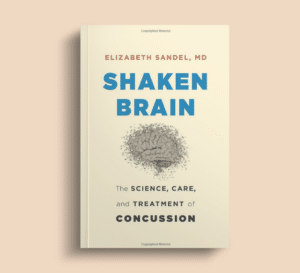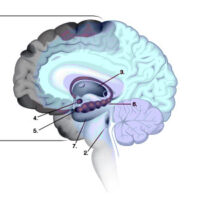Why I Am Not Surprised About the Latest CTE Research

The latest news from Dr. Ann McKee’s Boston University brain bank is startling but not, unfortunately, that surprising, at least on second thought. The New York Times reported the lab’s research on the brains of 152 athletes who played contact sports as children and who died before turning 30, many by suicide.
Over 40% of Brains of Athletes Who Played Contact Sports as Children Showed CTE in Latest Study
More than 40 percent of the brains of these athletes (63 of the 152) had chronic traumatic encephalopathy (CTE), a degenerative brain disease linked to repeated hits to the head. Of the 63, 48 had played football, and others had played other contact sports like soccer. Although we don’t know the absolute risks for young people playing contact and collision sports, this latest research is very troubling.
Many Young Athletes Could Be At Risk
- More than a quarter of a million U.S. children and youth ages 5 to 14 and more than 1 million US high school athletes play football.
- More than 1 million play soccer or lacrosse.
- Hundreds of thousands of other children, adolescents, and young adults in our country participate in other sports with high concussion risks such as soccer, wrestling, and lacrosse.
Dr. McKee’s brain bank studies previously identified CTE in young athletes playing a variety of sports, not just American football. But this recent research documenting more evidence of the risks of CTE in very young athletes should convince more people, including those in the medical community, of the risks of repetitive hits to the brain.
The Medical Community Has a Role in Preventing CTE
As I wrote in Shaken Brain: The Science, Care, and Treatment of Concussion (Harvard University Press, 2020):
“…. the medical community’s most important obligation is to warn people with repetitive concussions that they face a significant risk. This warning is just as important as warnings about the health risks of other unhealthy activities, such as smoking.”
Why, despite more and more evidence of the risks of repeated concussions and subconcussions (“hits”) do we continue to elevate sports prowess for young people with developing brains? I know that there are many ways our young people can participate in activities that can improve their health and well-being without high concussion risks.
Additional resources:
- NYTimes interactive videos: “They Started Playing Football at Age 6. They Died in their Teens and Twenties with C.T.E.”
You Might Also Like
Repetitive Brain Trauma and Chronic Traumatic Encephalopathy (CTE)
There’s a link between chronic traumatic encephalopathy (CTE) and repetitive brain injuries that occur in boxing and American football. This is a progressive neurodegenerative disorder that can lead to severely-disabling neurologic and psychiatric disorders. Learn about the science, diagnostic criteria for traumatic encephalopathy syndrome (TES), and possible treatment approaches.
The 6th International Consensus Statement on Concussion in Sport–What’s New?
The Statement summarizes scientific research and provides some updated recommendations for athletes at risk for concussions. But, it’s been mired in controversy regarding the strict criteria governing which research was included. Read Dr. Sandel’s insights into the process and conclusions.
Keep up to date
Get updates on the latest in concussion, brain health, and science-related tools from Dr. Elizabeth Sandel, M.D.
By clicking SIGN UP, you agree to receive emails from Dr. Sandel and agree to our terms of use and privacy policy.
Get the book!



